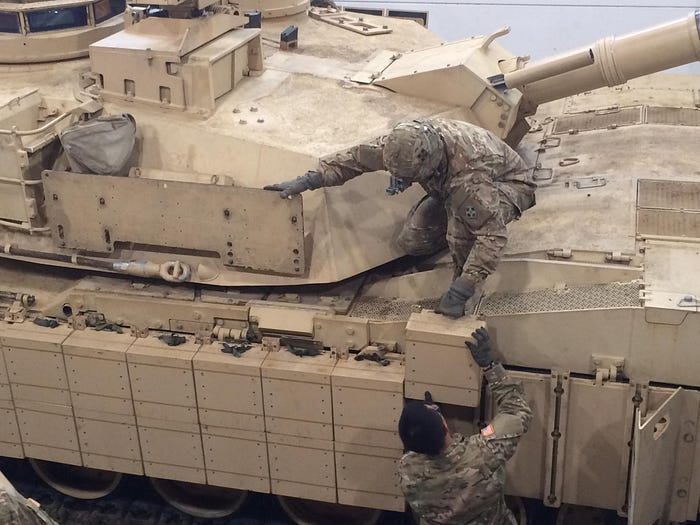Member-only story
What is Explosive Reactive Armor and How is it Used in Ukraine?
The evolution of armor, especially in the High Medieval era, shows a steady escalation from leather & wool, to chainmail, to plate armor to counter advances in weaponry, specifically projectiles.
That same evolution can be seen applied to armored vehicles in the 20th Century.
Reactive armor (RA) was first developed during the 1970s as a means of protecting armored vehicles against shaped-charge anti-armor weapons, including Handheld Infantry Weapons (HHIWs) and Anti-Tank Guided Missiles (ATGMs).
The original idea for explosive reactive armor can be attributed to a Russian academic named Bogdan Voitsekhovsky.
Voitsekhovsky’s prototypes for what was then called kontrvzryv, or counterexplosion armor, were all destroyed in an accident. After that, the Soviets decided that Russian tanks were strong enough without it.
Later, a West German researcher named Manfred Held carried out similar work with the Israeli Defense Forces in 1967. His patented reactive armor was first installed on Israeli tanks during the 1982 Lebanon war.
The essential feature of most RA designs is a layer of explosive material sandwiched between two metal plates.









